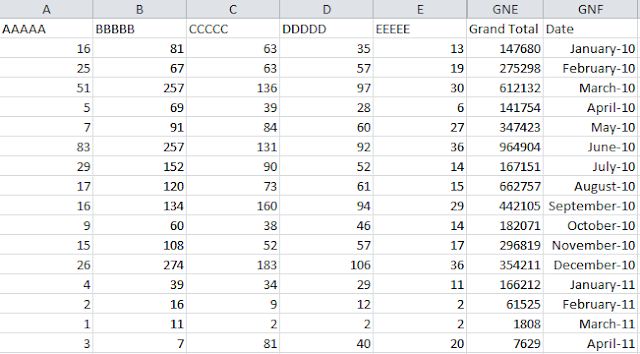The Research Process
To answer interesting questions, you need data.
You begin with an observation that you want to understand including anecdotal observations. For example, a certain website layout attracts more visitors to our web page than a different website layout. From your observations, you generate explanations or theories of those observations, from which you can make predictions or hypothesis. To test your hypothesis or predictions, you need data.
So you collect relevant data (and to do that you need to identify things that can be measured) and then you analyze those data. The analysis of your data may support your theory or give you cause to modify the theory.
As such, the processes of data collection and analysis and generating theories are intrinsically linked: theories lead to data collection / analysis and data collection / analysis informs theories. The research process is summarized below:
(adapted from Discovering Statistics using R by Andy Field et al)
You begin with an observation that you want to understand including anecdotal observations. For example, a certain website layout attracts more visitors to our web page than a different website layout. From your observations, you generate explanations or theories of those observations, from which you can make predictions or hypothesis. To test your hypothesis or predictions, you need data.
So you collect relevant data (and to do that you need to identify things that can be measured) and then you analyze those data. The analysis of your data may support your theory or give you cause to modify the theory.
As such, the processes of data collection and analysis and generating theories are intrinsically linked: theories lead to data collection / analysis and data collection / analysis informs theories. The research process is summarized below:
(adapted from Discovering Statistics using R by Andy Field et al)




The research process involves so many factors, especially when it comes to understanding the steps before launching a product in the market. I recently had to make an assignment on this in my marketing course, and it was an eye-opening experience. There are so many stages to consider, from market analysis and target audience research to product testing and competitor analysis. To manage the complexity, I sought help from a US assignment Service, and they provided me with the most clear insights. Their guidance helped me break down the process into manageable steps and gave me a deeper understanding of how crucial each step is in ensuring a successful product launch.
ReplyDeleteThis is a really insightful post on the research process! Understanding each step—from choosing a topic to analyzing data and drawing conclusions—is crucial for producing quality academic work. For students who find it challenging to structure their work or meet deadlines, professional research paper assignment help can be a great resource. It not only ensures well-organized and plagiarism-free content but also guides students in applying research methods effectively.
ReplyDelete